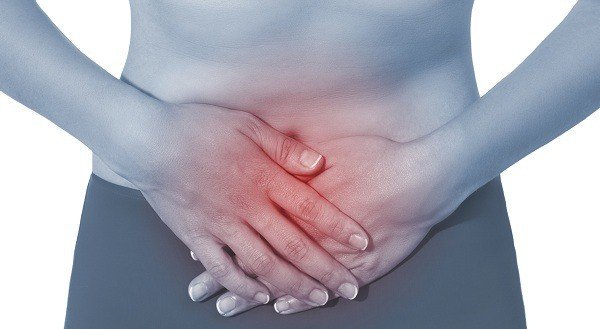Pelvic inflammatory disease

Pelvic inflammatory disease /TBB/is an infection of the female reproductive organs.
It usually develops when sexually transmitted bacteria manage to get from the vagina to the uterus, fallopian tubes or ovaries.
Many of the women who develop the disease either do not show any signs and symptoms or do not seek treatment. TBB may only be discovered later when a woman is unable to conceive or if chronic pelvic pain develops.
What are the symptoms?
• Pain in the lower abdomen and pelvis;
• Profuse vaginal discharge with an unpleasant odor;
• Painful sensation during penetration during intercourse ;
• Fever;
• Painful or difficult urination;
• Abnormal bleeding between periods;
When should you seek medical attention?
Go to the nearest emergency medical center immediately if you experience the following severe symptoms of the disease:
• Very severe pain in the lower abdomen;
• Vomiting;
• Notice signs of shock, such as fainting;
• Febrile – body temperature is lower higher than 38.3 degrees Celsius;
If your symptoms are not severe but long-lasting, see your doctor as soon as possible.
Vaginal discharge with an unpleasant odor, painful urination or bleeding between menstrual cycles, all these clinical manifestations may be associated with sexually transmitted diseases.
If you experience these signs or symptoms, stop having sex temporarily and see your doctor immediately.
Timely treatment of sexually transmitted diseases will help prevent STDs.
What are the causes?
The disease can be caused by many bacteria, but is most often caused by infection with the bacteria that cause gonorrhea or chlamydia.
Infectious organisms are usually acquired through unprotected sex.
Rarely, bacteria can enter the reproductive tract when the normal protective barrier created by the cervix is broken.
Usually this happens after an IUD procedure, childbirth, miscarriage or termination of pregnancy by choice or for medical reasons.
Pelvic Inflammatory Disease Treatment
• Use of Antibiotics – your doctor may prescribe some antibiotics for you to start taking right away. After receiving the results of the laboratory tests, it may be necessary to adjust the drugs to match the causative agent of the infection as much as possible;
• The doctor will recommend checkups every 3 days to check if the treatment is working. Be sure to take all of your prescribed medications, even if you feel better after a few days.
Antibiotic therapy helps prevent complications, but cannot cure the damage the bacteria have done to the reproductive organs.
• Sexual partner treatment – to prevent re-infection with STDs, it is recommended that your sexual partner or partners are also examined and treated as they may be infected and have not developed any symptoms, but only carriers of the bacteria.
• Temporary abstinence – avoid sexual contact until treatment is complete and tests show you are completely cured. Require your partners, if they have undergone treatment, to prove to you that they are healthy before you have sex with them again.
More severe cases
Most affected women respond well to outpatient treatment, however, if they do not respond to drug therapy, hospitalization may be required.



